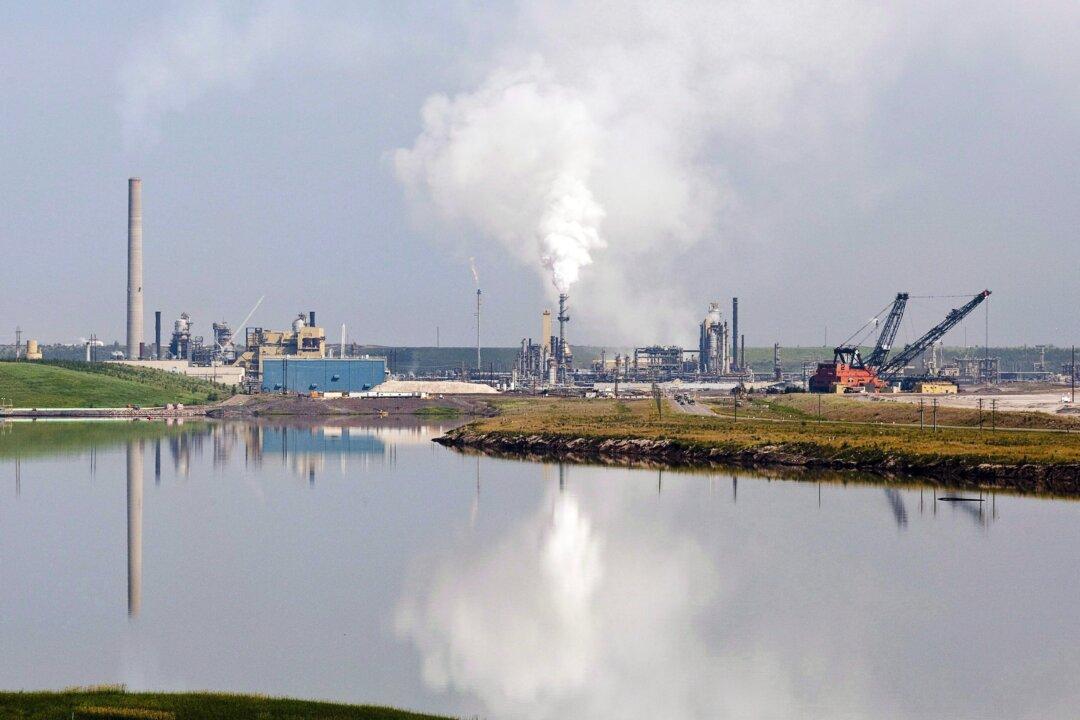EDMONTON—An important part of Alberta’s oilsands air monitoring program is off the road over funding problems.
In a letter to the province’s pollution monitoring agency, the group responsible for air-quality testing says its mobile unit is “no longer operable.”
That means Alberta could have no way to measure what’s in the air during environmental emergencies or respond quickly to community concerns, said Kevin Percy, director of the Wood Buffalo Environmental Association.
“It definitely leaves us with a gap.”
Percy said in the letter, which was also sent to association members, the 1995-vintage mobile testing van is no longer usable. Generators that run the sensing equipment don’t work. When they do, they interfere with the equipment’s sensitive electronics.





